18. Large Elector's Estate
Rebuilt in 1787
Estate of the Archbishops of Trier.
First mentioned as a "Hofgut" in 1103.
The cross on the yard gate
dates back to 1651.
The archbishop's estate is first mentioned in 1103. Together with the collegiate church it was the starting point for the development of the settlement toward a city. We have messages about the leasing of the estate and income and services that were due to the archbishop - as the landlord - from the end of the 16th century. The present-day estate was rebuilt in 1787 under the auspices of the last elector and archbishop Clemens Wenzeslaus von Sachsen (1768-1801), after a fire. The cross immured into the manor gate is reminiscent of the leaseholder Peter Sevenig, who had it erected in 1651.
The name of the farm probably dates back to the 19th century and served to distinguish it from another electoral farm, which was called Kleiner Kurfürstlicher Hof. This court, located on an area around Pilligertorstraße 1, had burned down completely in 1853. The first reference to an archbishop's court dates back to 1103. In connection with this court, there had been a weekly market since the end of the 12th century. The archbishop was the landlord here and had the right of banns within a radius of one mile (10 km). The banns' rights included the authorisation of all economic activities, such as the operation of mills, breweries, trades and the sale of goods.
The demesne with a market and for a short time also a mint was, along with the development of the monastery, the essential prerequisite for the emergence of the town of Münstermaifeld. The Great Electoral Court was leased to Johann Hardung in 1574. This is the first record of a tenant by name. The farm had burnt down in 1787 and was rebuilt in the same year.
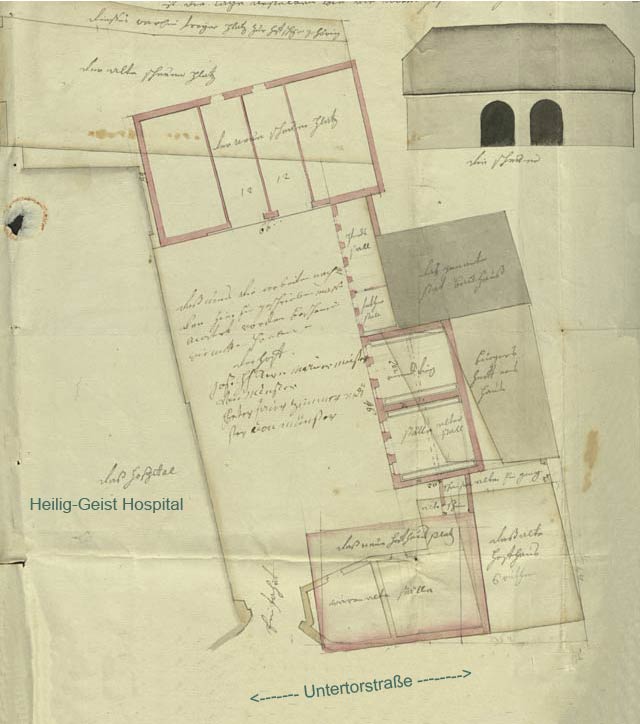
Plan of the burnt down electoral Cameralhof situated in the town of Münstermaifeld, what is drawn in yellow is the location of the buildings before the fire, what is drawn in red is the location and the elevation of the new buildings to be erected. (Design by the court architect Wirth from 1787).
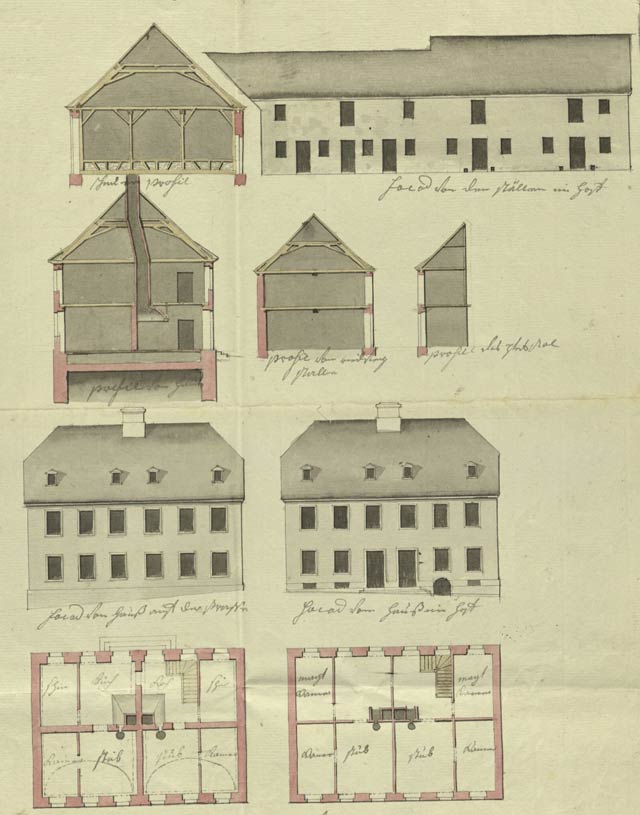
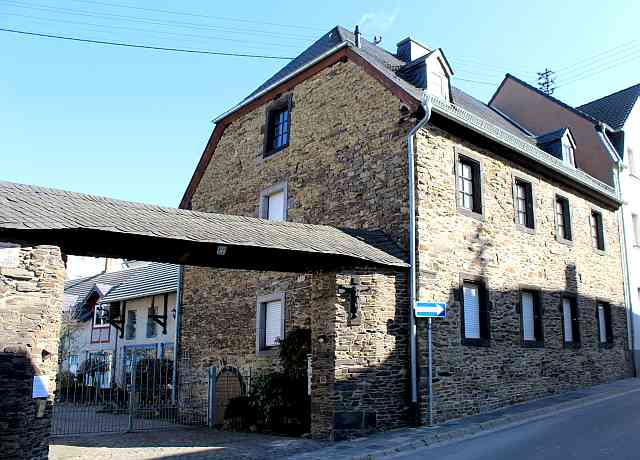
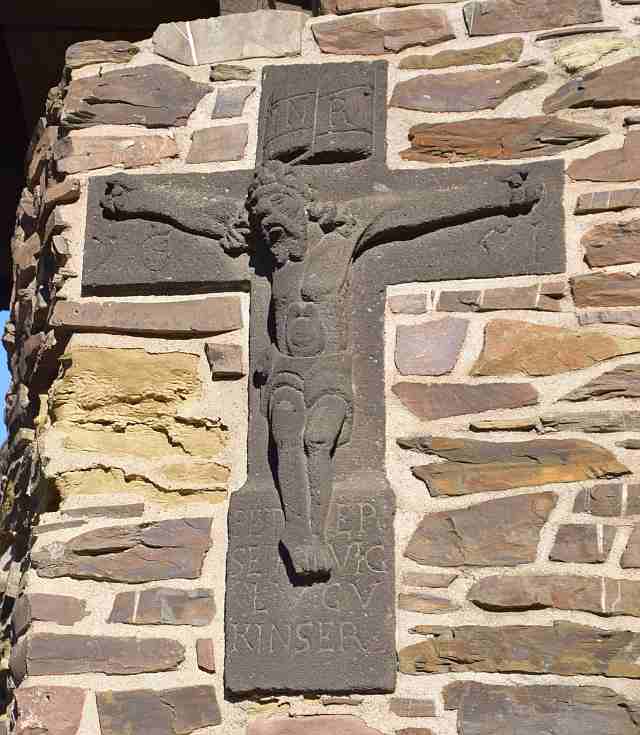
In front of the farm gate, a stone cross with the year 1651 reminds us of the old building.
The cross was erected by the tenant Peter Sevenig. Three times a year, the aldermen of the high court gathered in the barn of the farm and supervised the delivery of the farm people from seven surrounding villages. On the occasion of these assemblies, the aldermen instructed (confirmed) the rights of the archbishop. Originally, these bye-laws were handed down orally. With the writing down of the law, we also find these instructions in the records. The "Weistum" is handed down in the Münster "Salbuch" of 1589. On the evening before the meeting day (Dingtag), the mayor had to blow his horn and at the beginning of the Dingtag the court messenger had to ring his bell. If they failed to fulfil their duties, both had to pay fines. This also applied to the mayors and aldermen from the 7 villages that belonged to the court association if they did not appear.
The fire at the court in 1787 was one of several large damaging fires that affected the town. The fire started in the area of today's Borngasse 4 and was caused by children playing. It burned 31 houses, 36 stables, 18 barns and St. Peter's Church, which was not rebuilt. As a result, entire streets were relocated and old buildings were irrevocably lost. When the Archbishop and Elector Clemens Wenzeslaus of Saxony,
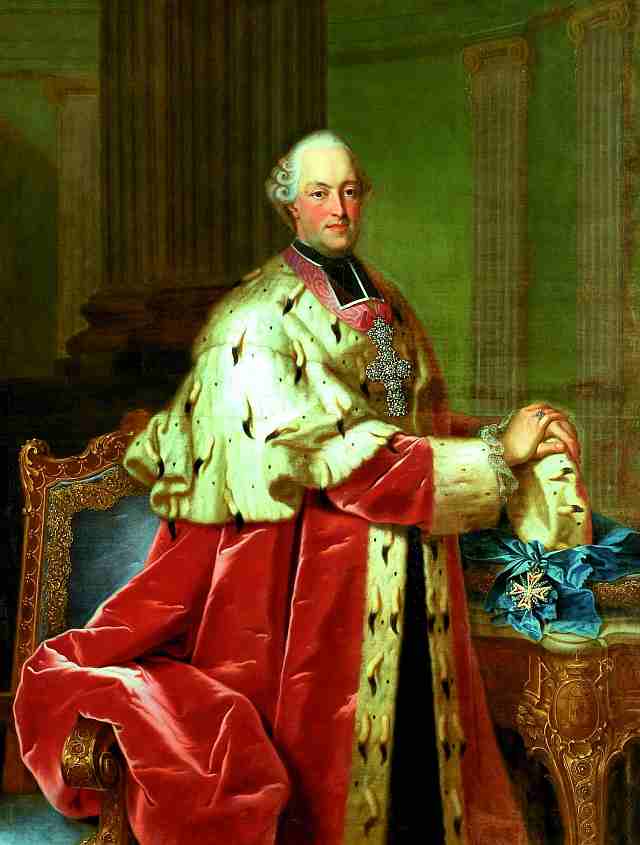
who, as the son of the Elector of Saxony and King of Poland, was related to the crowned heads of all Europe, gave the order to rebuild the court, he had no idea that 10 years later French Revolutionary troops would use the vast complex as a camp site. The last Elector and last Archbishop of Trier was also Prince-Bishop of Augsburg at the same time. He felt close to the ideas of the Enlightenment for a long time. In the spirit of the Enlightenment, the Drill House on the market square was demolished in 1777. Public penance for adultery, with exposure of the condemned, was banned by Clemens Wenzeslaus for the whole archbishopric in 1782. This humiliating penitential practice had been carried out for the last time in the collegiate church in 1768. In the Maifeld, the archbishop did make himself by banning processions and abolishing many holidays not only popular. In 1786, for example, the ringing of the mail to drive out witches was banned. For a long time he protected his auxiliary bishop Johann Nikolaus von Hontheim against attacks from Rome.
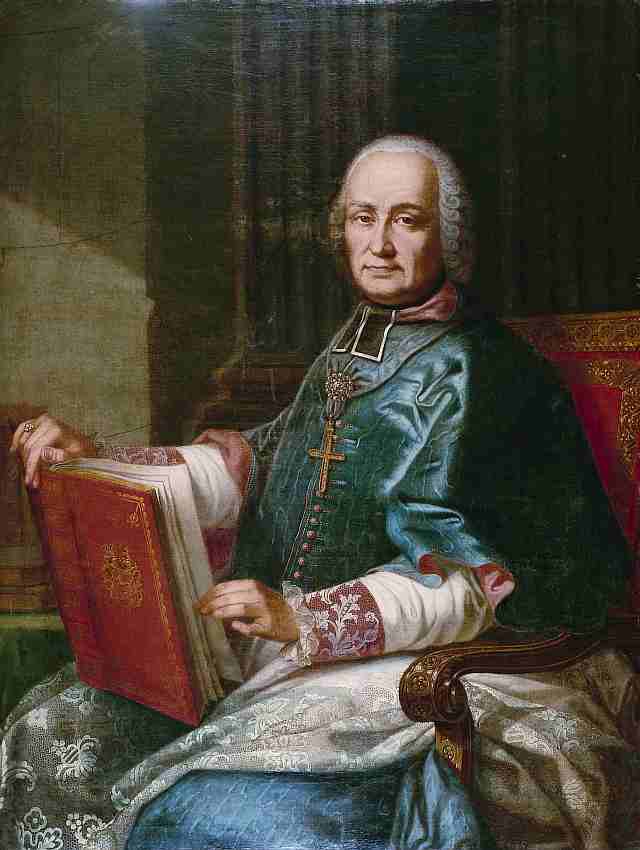
Under the pseudonym Justinus Febronius, Hontheim had advocated greater independence for bishops from the Pope. Febronius became known throughout Europe with his writings. He was a canon of Münstermaifeld Abbey from 1742 to 1764. We do not know how often he was in Münstermaifeld. In any case, the monastery benefited from dignitaries with prestige and influence.
Glossary
"Weistum"
Before the Weistümer were recorded, the orally transmitted legal sentences were kept in memory by the law speakers or judges reciting them by heart to the assembly of inhabitants on fixed annual Thing or later court days.
Drill House
The revolving house (also trill house) was a closed cage that could be set in rotation from the outside. The bailiff or passers-by could further torment the punished by rotating the cage. The trill house was used to punish minor offences and was intended to bring shame on the wrongdoers by displaying them. Disgrace was also primarily associated with being sentenced to the pillory. It was about humiliation and exposure, not torture. The pillory also served as an outward sign of the city's jurisdiction. In 1721, a new pillory was erected on Martinsplatz in the shape of a lava column. There was a weather vane on top, and three neck irons were attached to the lower part. The pillory was removed in 1798; the drill house had already been demolished in 1777.
Nicholas of Cusa
Nikolaus von Kues, Latinised Nicolaus Cusanus, born 1401 in Kues, died 1464 in Todi, Umbria, was already famous during his lifetime for his all-round and comprehensive education. In church politics, Nicolaus played a significant role, especially in the disputes over church reform. At the Council of Basel, he was initially on the side of the majority of the Council participants, who demanded a limitation of the Pope's powers. Later, however, he switched to the papal camp, which ultimately gained the upper hand. He campaigned vigorously for papal interests, showed diplomatic skill and had a glittering career as a cardinal, papal legate, prince-bishop of Brixen and vicar-general in the Papal States. Against this background, his two terms as provost in Münstermaifeld, with rare presences, are an ornament for the monastery, rather an episode for him.
Johann Nicholas of Hontheim
Auxiliary Bishop of the Archdiocese of Trier 1748-1790. As Justinus Febronius he criticised the position of the Pope in the Catholic Church. He wanted to strengthen the rights of the bishops.
"Salbuch"
List of estates and the income to be derived from them.
Clemens Wenzeslaus of Saxonia
Archbishop of Trier 1768-1801 (abdication)



